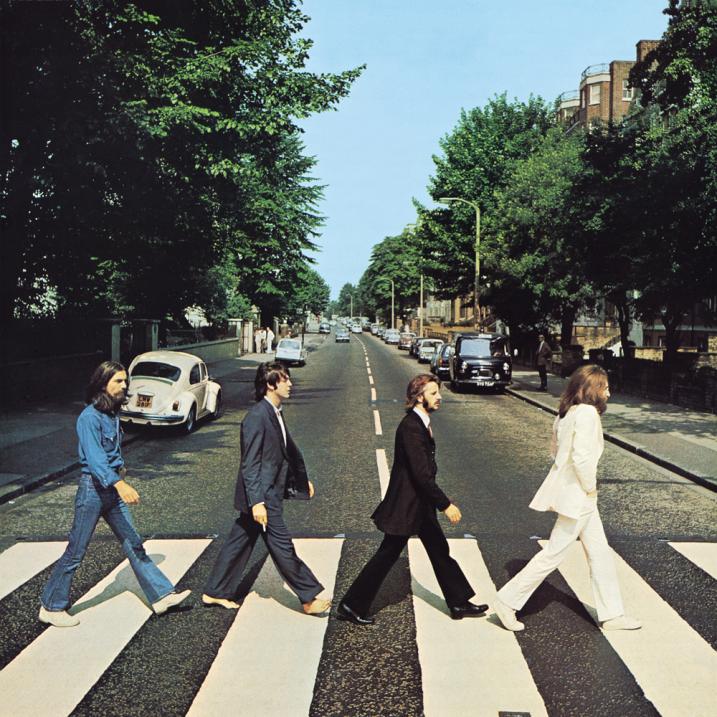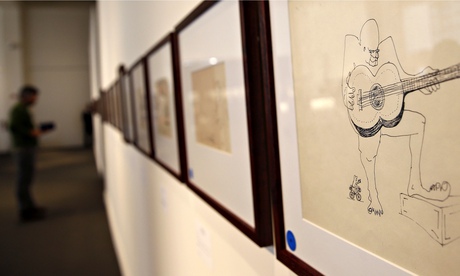![]() |
| A Hard Day's Night website launched |
A website for the
A Hard Day's Night film has been launched (U.S. version). You can find it
here.
Meanwhile, we found that the German Special Edition will be 1 Blu-ray and 3 DVD discs.
From the press kit:
About the 5.1 surround mix
To create the best possible 5.1 surround mix for A Hard Day’s Night, our first mission was to identify the best available original audio sources.
In the case of the songs, that was easy, as we still have all of the original Beatles tapes here at Abbey Road. The songs from With the Beatles are on 2-track tapes. The later songs, from the album A Hard Day’s Night, were recorded by the Beatles on 4-track tapes.
Sadly, in the case of the single “She Loves You,” only the monaural mix of the track still exists.
It is worth noting that, as well as having different mixes than the original album tracks do, the songs are slower in the film than on the albums. This difference is quite noticeable during the scenes where the Beatles are rehearsing and performing in the television studio. Our understanding is that these scenes were filmed at 25 frames per second, rather than the usual 24 frames per second, so the TV monitors could be shown without any aliasing effect (flickering).
![]() |
| Photo: © Second Sight Films |
The original underscore, written by George Martin, was recorded at CTS Studios in London; the original 3-track tapes for it were found at Capitol Studios in Los Angeles.
To begin the remix process for the movie, the tapes of both the Beatles’ songs and Martin’s underscore were transferred to digital at high resolution (192kHz/24-bit).
More problematic for us was identifying the original master dialogue and effects track. Having evaluated a number of different transfers and sources, we chose the best monaural tape based on tonal balance, dynamic range, and lack of distortion and hiss. This track was then transferred digitally, and we carefully removed such unwanted artifacts as clicks, pops, and distortion.
When remixing the Beatles’ songs in 5.1 surround, our objective is to retain the original spirit, vibrancy, quality, and charm while making subtle improvements to the balance, tonal color, and stereo picture.
We employ many of the actual compressors, echo chambers, and plate reverbs used in the original recordings and mixes of these songs. Hopefully, this approach brings an authenticity to what we are doing and, at the same time, gives the listener a new way of experiencing the Beatles.
Once the mixes of the songs were completed at Abbey Road, we were fortunate enough to travel across London to Twickenham Studios, returning A Hard Day’s Night to the place where it was shot fifty years ago. It was there that we finalized the immersive 5.1 mix of the entire film.
Giles Martin and Sam Okell, Abbey Road Studios, 2014 So I guess what they are saying is that the "slow" songs will still sound slow. Maybe at least they've pitch corrected them, but they are not mentioning that. From people who have downloaded the iTunes version of the film, we have been informed that the 5.1 surround soundtrack has adopted a rather strange approach to the distribution of the audio. The rear channels are mainly ambient sounds, which is fine, but the songs often has the double tracked vocals split up and put in one channel each, front left for one and front right for the other one. Great for the amateur mixing community, but a bit strange sounding for the rest of us.
![]() |
| Photo: © Second Sight Films |
From the press kit about the transfer of the film:
About the film restoration
Using the latest in digital restoration technology, the Criterion Collection was able to restore
A Hard Day’s Night from the 35 mm original camera negative, which, though incomplete, was in excellent condition. The missing material was taken from two original interpositives.
The image was scanned in 4K resolution on a Scanity film scanner to retain the character of the film’s original printing stock without any generational loss, and the raw data was carefully treated using a variety of digital tools to remove dirt, scratches, flicker, and other damage.
The final result was approved by director Richard Lester, and is in its original theatrical aspect ratio of 1.75:1.
![]() |
| Photo: © Second Sight Films |
































 is set for June 24th in the USA. It's already out as a download and for rent on iTunes.
is set for June 24th in the USA. It's already out as a download and for rent on iTunes.











 is due out on vinyl in the UK on July 7th, according to Amazon in the UK.
is due out on vinyl in the UK on July 7th, according to Amazon in the UK.




